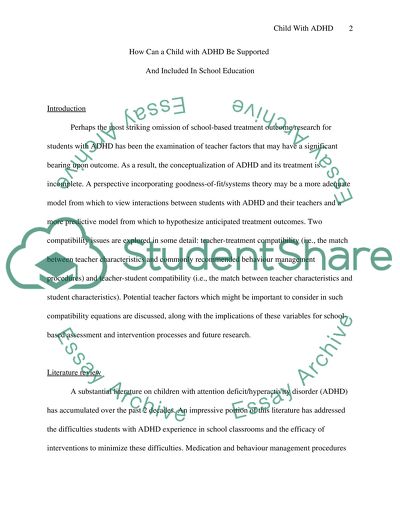Cite this document
(“How Can a Child with ADHD Be Supported And Included In School Essay”, n.d.)
How Can a Child with ADHD Be Supported And Included In School Essay. Retrieved from https://studentshare.org/miscellaneous/1510941-how-can-a-child-with-adhd-be-supported-and-included-in-school-education
How Can a Child with ADHD Be Supported And Included In School Essay. Retrieved from https://studentshare.org/miscellaneous/1510941-how-can-a-child-with-adhd-be-supported-and-included-in-school-education
(How Can a Child With ADHD Be Supported And Included In School Essay)
How Can a Child With ADHD Be Supported And Included In School Essay. https://studentshare.org/miscellaneous/1510941-how-can-a-child-with-adhd-be-supported-and-included-in-school-education.
How Can a Child With ADHD Be Supported And Included In School Essay. https://studentshare.org/miscellaneous/1510941-how-can-a-child-with-adhd-be-supported-and-included-in-school-education.
“How Can a Child With ADHD Be Supported And Included In School Essay”, n.d. https://studentshare.org/miscellaneous/1510941-how-can-a-child-with-adhd-be-supported-and-included-in-school-education.


